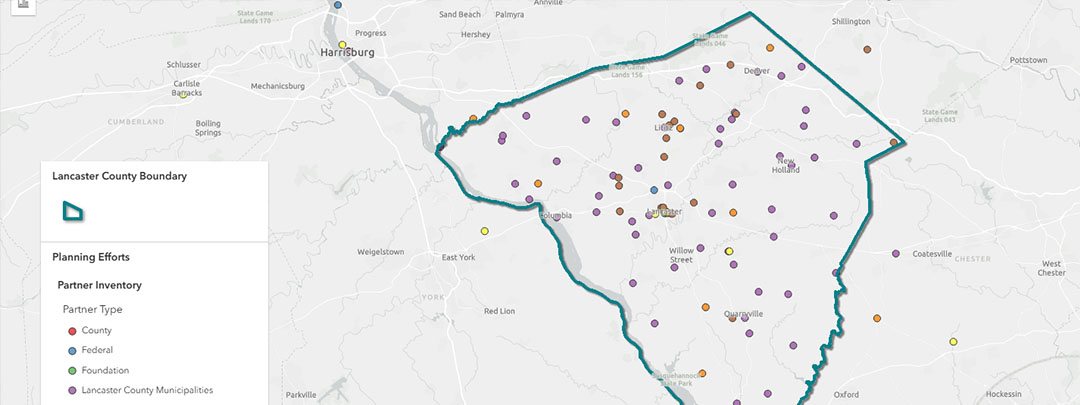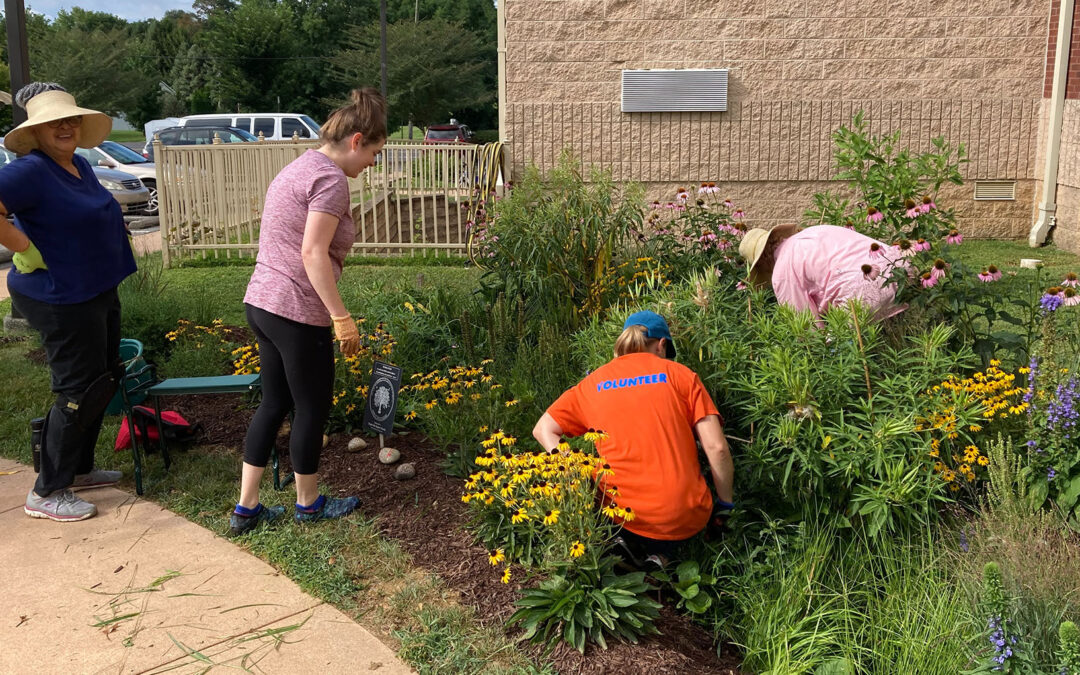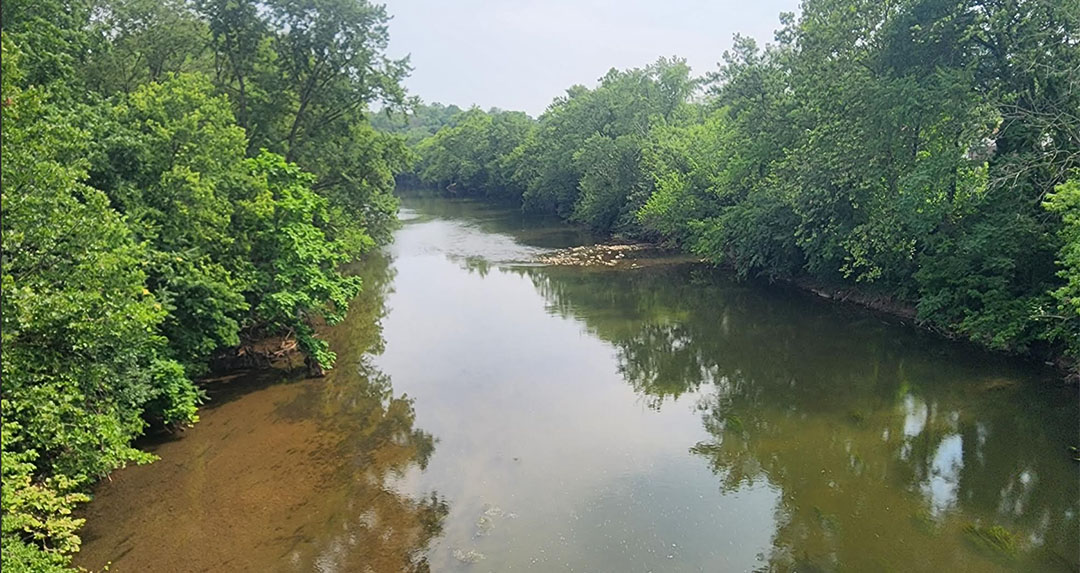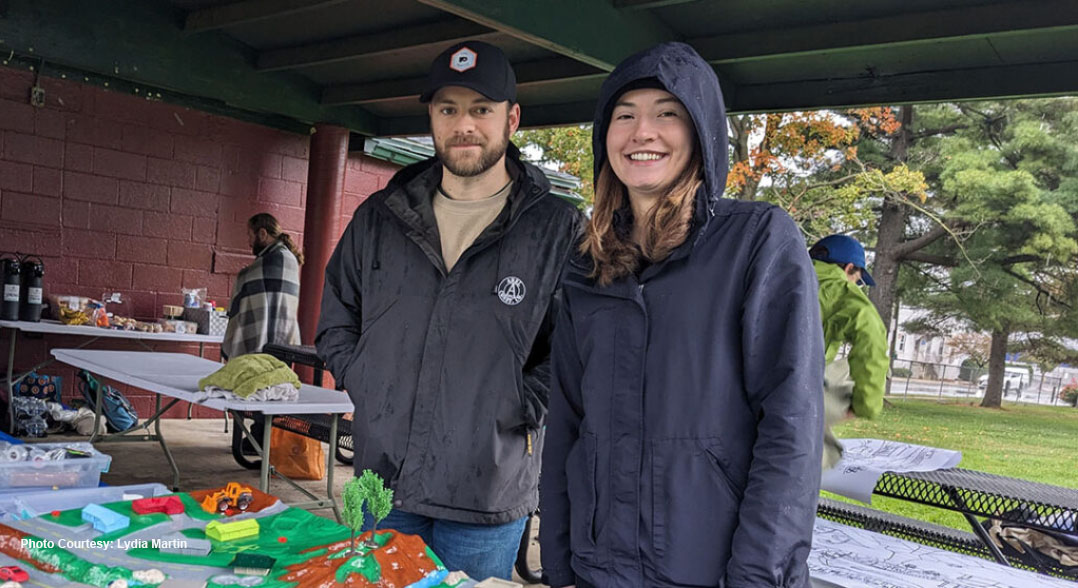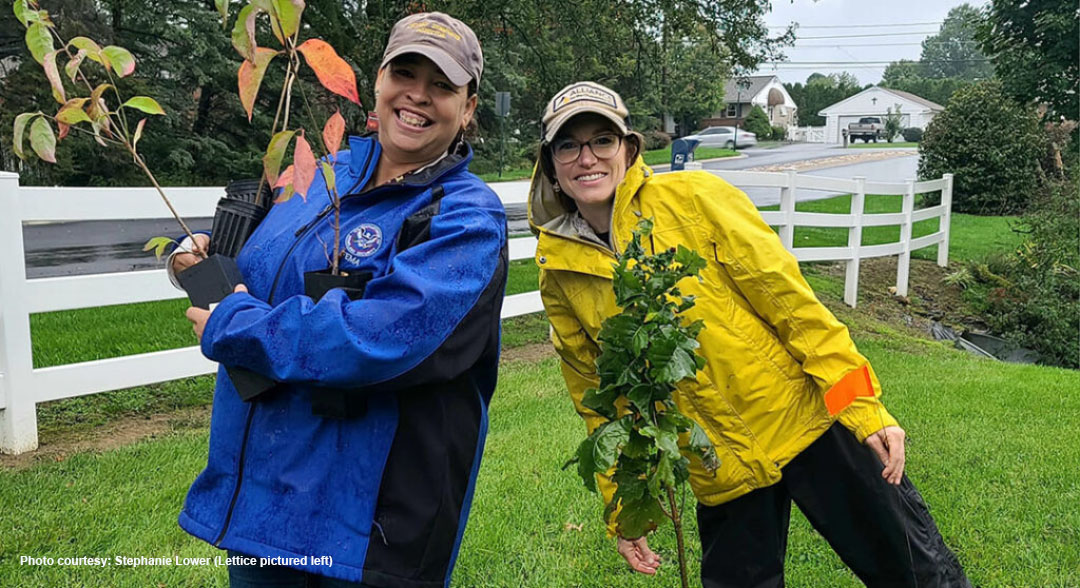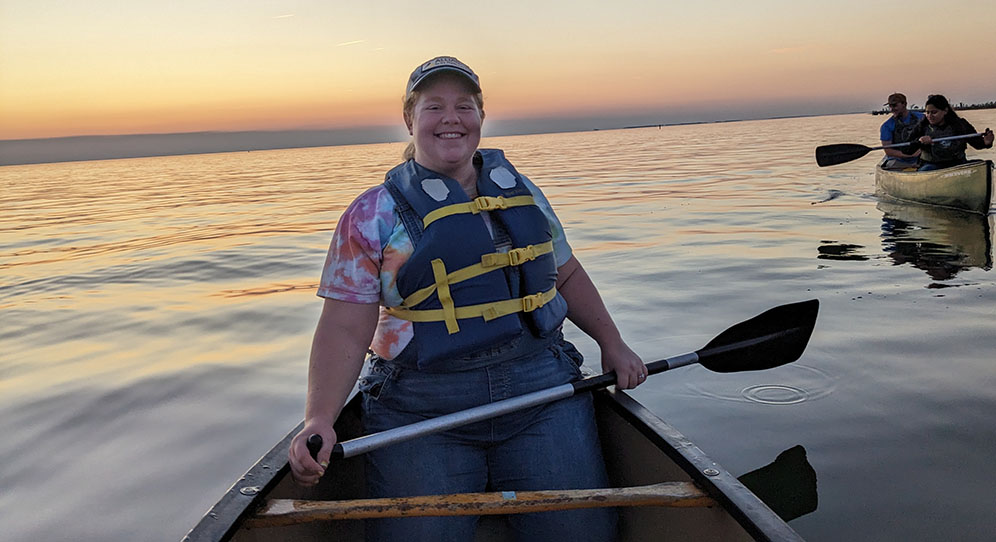Origins: The Genesis of Lancaster Clean Water Partners
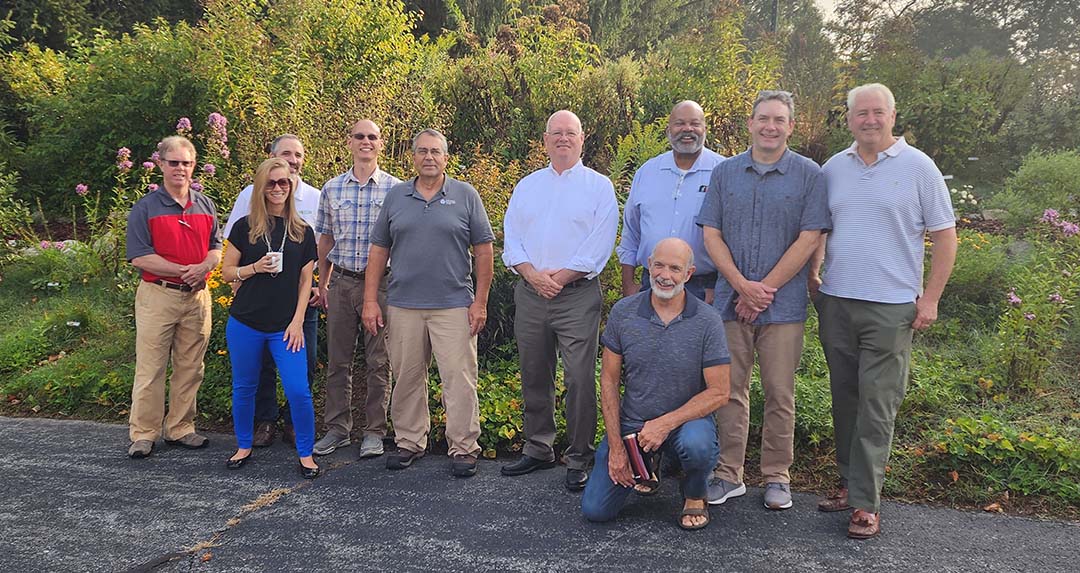
How did Lancaster Clean Water Partners get its start? What was the impetus behind its origins and what does the future hold? For those answers, we sat down with someone who was there before the beginning.
Chris Thompson is currently the Manager of the Lancaster County Conservation District and was one of the founders of Lancaster Clean Water Partners. The story of the Partners is a big part of Chris’ story. When asked how long he has been on the Board of Trustees, he said:
“Since its inception. In 2016, the Conservation District board had a strategic planning meeting to discuss ‘How do we get more done? How do we clean up more streams and get them off the impaired list? How do we get more people engaged?’ We started laying the groundwork for a ‘Turning Red Streams Blue’ initiative which involved establishing another group that, at the time, was to be within the District and was independent of our state-funded programs. It was to be an expansion of our watershed program in order to reach the broader public.”
The broader public, in this case, was focused mainly on farmers whose farm runoff was the largest contributor to elevated nitrogen and phosphate levels in the local waterways. Although the issue of impaired waterways in Pennsylvania polluting the Chesapeake Bay goes back to 1983, an updated Bay Watershed Agreement, signed in 2014, increased legislative pressure on Pennsylvania to make tangible changes by 2025. With the goal of avoiding the increased federal regulations and oversight for failure to achieve clean-up goals, also known as Backstop Options, Chris petitioned the County Commissioners for funding for a position to head up the clean water effort, but they really didn’t buy into the idea. They did, however, connect him with Lisa Riggs, Heather Valudes and Mike Peachey, local business leaders with a similar interest in proactively taking steps to clean the waterways locally before the Environmental Protection Agency (EPA) and the Department of Environmental Protection (DEP) came in and forced us to. So, a small steering committee was formed and crafted an idea based on getting a broader message out to the public, but there was still the issue of funding.
Chris had been meeting with an EPA representative, Rich Batiuk, who was the Director of Science and Analysis for the Chesapeake Bay Program, to better understand the modeling issues. Chris shared the vision for cleaning up Lancaster’s waters and Rich said there was a funder in Maryland who had a similar vision of what he was looking to do in Lancaster. So he met with representatives from the Keith Campbell Foundation and shared what we were trying to do and they said this perfectly aligned with their vision and mission for cleaning up the Bay. They talked and found a way to fund a program coordinator. Chris came back and told the steering committee, “Hey I think we have funding,” It just started the ball rolling and Allyson Gibson was hired as Program Coordinator in 2018.
“Prior to when the Partners was formed, Matt Kofroth (now the Assistant District Manager for the District) and I approached Matt Royer (Director of the Penn State Agriculture and Environment Center) to write a NFWF (National Fish and Wildlife Fund) proposal for getting funding to do a series of clean-water initiatives” Chris continued. “At that time, there was limited funding for projects. It was all through the Growing Greener fund and through the National Fish and Wildlife Fund (NFWF). An $800,000 award from NFWF to the Conservation Foundation of Lancaster County helped to establish the action teams, the mapping tools, and the Clean Water Fund. The Conservation Foundation board redirected project dollars to the Community Foundation to support the Clean Water Fund, which allowed partners a local voice in how the funding was distributed.”
What was known as the Clean Water Committee which now included John Cox, Charlotte Katzenmoyer and Kate Gonick, engaged in organizational planning sessions with Due East Partners from Annapolis, Maryland. The sessions were also attended by a growing list of founding partners and they helped to lay the groundwork for building what was becoming a fledgling organization called Clean Water Partners.
“At the same time, Allyson, Matt Kofroth and a team of partners were writing the Countywide Action Plan (CAP). It was a shot in the dark because we were really guessing what we could get done,” Chris said. “That was 2018 and we presented that as an aspirational proposal, which has been vetted and refined a few times, with the caveat that to be successful we would also need regulatory flexibility and additional funding….lots of additional funding. From that, we applied for and started to receive the CAP funding, which were dollars we never had available before.”
They also worked on the Common Agenda, which is the ideological glue that holds the partner organizations together with the same vision.
When asked where he sees the Lancaster Clean Water Partners’ Board of Trustees in ten years, Chris said, “I hope that we are celebrating another stream that has been delisted and that they continue to expand on the idea of lifting all boats. I expect they will still be seen as a local leader and able to capitalize on that role to energize and support the other organizations throughout the county. They have a voice at the state and federal level to help craft policy and what will help the county going forward.”
What does Chris believe has been the organization’s greatest success to date? The collaboration of partner organizations towards a common goal.
“It comes back to the Common Agenda. Prior to the Partners, there was a lot of proprietary information and very siloed thinking. One of the successes of the Partners has been to provide more opportunities for communication, collaboration and transparency. The Partners has really been able to streamline and focus everyone in the same direction and I think it is getting us bigger and better results.”
Currently 52 partners strong, Lancaster Clean Water Partners is using its collective strengths to make a difference and the megaphone of its combined voice to tell the story of our shared goal of clean and clear water by 2040.



